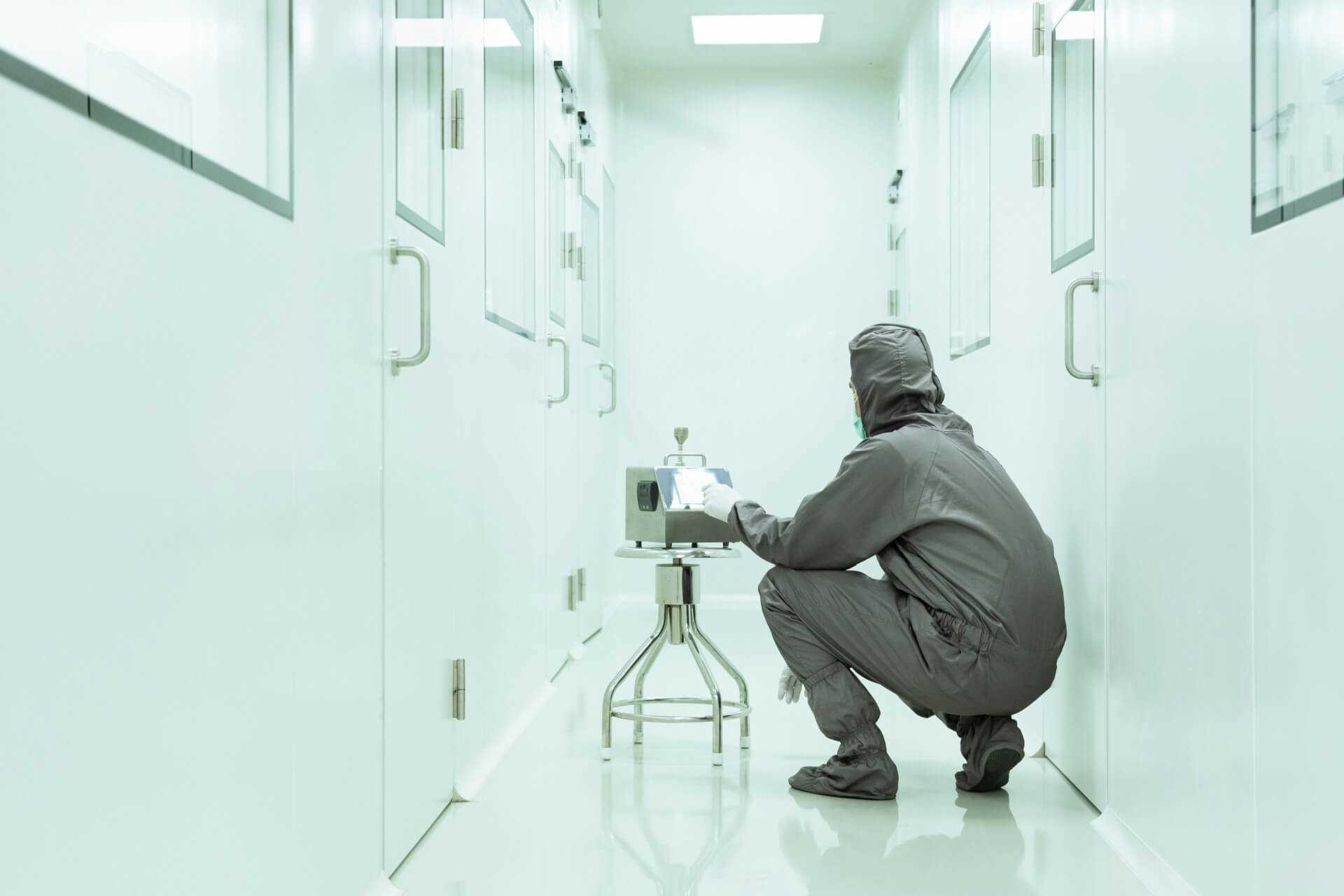
Sterility Testing
Sterility testing is a critical component of pharmaceutical manufacturing. It is a process used to ensure that pharmaceutical products are free from any viable microorganisms, such as bacteria, fungi, and viruses, that may cause infection or harm to patients. The failure to perform proper sterility testing can result in contamination of the final product, which can be a severe risk to public health. In this blog post, we will explore the importance of sterility testing in pharmaceutical manufacturing and the different methods used in this process.
The importance of sterility testing in pharmaceutical manufacturing cannot be overstated. The goal of sterility testing is to ensure that the final product is free from any viable microorganisms that may cause harm to patients. This is particularly crucial for sterile products that are injected or implanted into the body, such as vaccines, intravenous fluids, and surgical implants. Any contamination can result in serious infections, sepsis, or other adverse reactions.
There are several different methods used for sterility testing, including direct inoculation, membrane filtration, and the most common method, the automated growth-based method. In direct inoculation, the product is directly inoculated into culture media to see if any microbial growth occurs. In membrane filtration, the product is filtered through a membrane that retains microorganisms, and the membrane is then incubated on a culture media. The automated growth-based method involves placing the product in a growth medium that allows the microorganisms to grow, and the growth is detected automatically by an instrument.
The sterility testing process must be validated to ensure that it is effective and reliable. The validation process involves testing a known sterile product with the same method used for testing the actual product. The results must show that no microorganisms are present, which confirms that the method is reliable.
The sterility testing process must also be performed in a controlled environment, such as a cleanroom or a sterile isolator. The testing area must be free from any viable microorganisms, and the testing personnel must wear appropriate protective clothing, such as sterile gloves and gowns, to prevent contamination.
In conclusion, sterility testing is a critical step in the pharmaceutical manufacturing process. It ensures that pharmaceutical products are free from any viable microorganisms that may cause harm to patients. Different methods are used for sterility testing, and the process must be validated and performed in a controlled environment to ensure its effectiveness and reliability. By implementing proper sterility testing procedures, pharmaceutical companies can ensure that their products are safe and effective for patient use.
